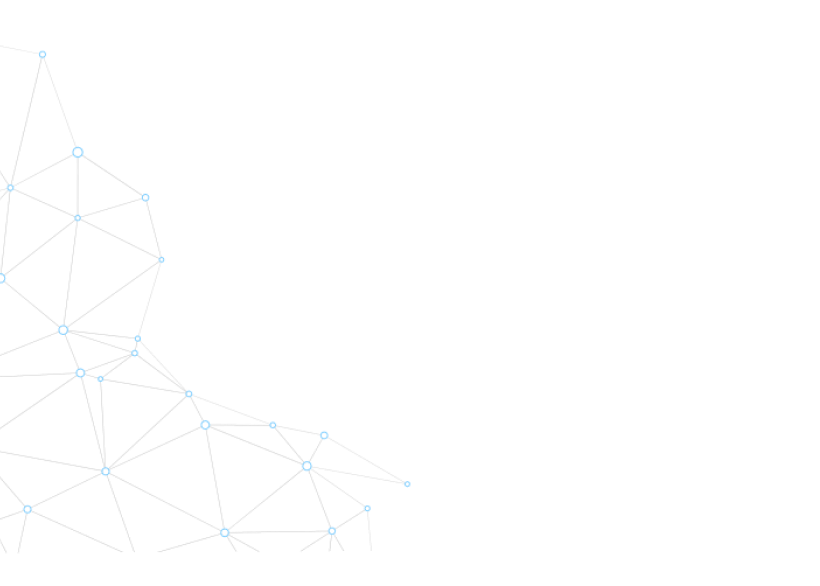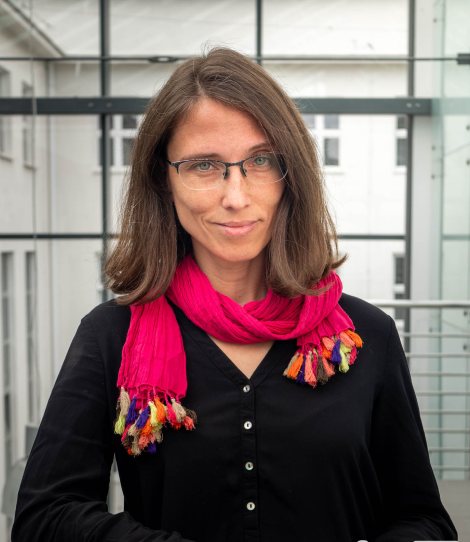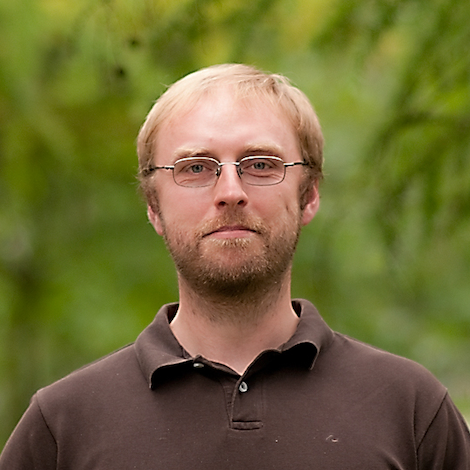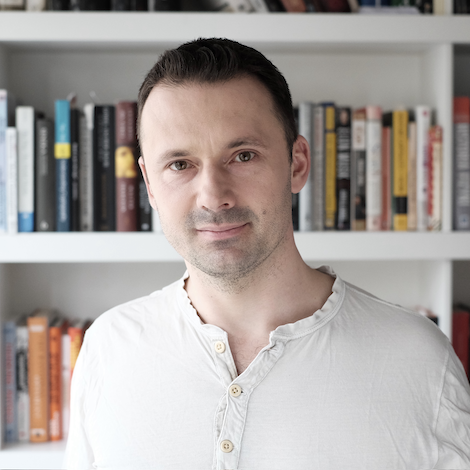


an insight into
the brain




Neurological changes in the brain often manifest as changes in ocular dynamics. Using data acquired with NeuroFET, our algorithms create a unique eye fingerprint for each patient and can track signs of neurodegenerative symptoms and their progression over time. We analyze results from patients with dementia, Alzheimer’s, and Parkinson’s disease. Our innovation enables:



Thanks to sophisticated optical, synchronization, and control systems, combined with smart algorithms, our tracking system performs faster than the tiniest eye movements. We can see and quantify the smallest microsaccades, as well as drift and tremor movements. This unprecedented precision opens the door to finding unexplored relations between subtle changes in individual oculomotor characteristics in the course of neurodegenerative diseases. The critical component of the device is the ultrafast retinal-based eye tracking system (FET - FreezEye Tracker) [1].
The device is equipped with a digital display to present visual tasks and a pupil camera for easy and fast positioning of a subject to assure data quality during the experimental session. Custom-designed electronics ensure precise synchronization of eye movement recording and task display, which is crucial in psychophysics experiments. The experiments can be easily designed by vision scientists and neurologists who already use contemporary eye trackers in research and clinical studies, as well as new users interested in eye tracking.
In examining elders and people with disabilities, special effort was made to make it as comfortable as possible and reduce the time required for the experimental session. In contrast to available video eye trackers, the NeuroFET is free of the problem of sub-optimal initial set up and calibration procedure. The key feature is that the wavelength of light used for imaging the eye is completely invisible to the subject, so the psychophysical experiments can be performed without any undesired interference from the tracker. We use a freeware PsychoPy environment to create the psychophysical experiments, and custom-designed experiments can also be easily added by any user.
Since our system is equipped with the most modern components and optical techniques, we have no choice but to use equally modern algorithms. We employ machine learning to detect drift, microsaccades, saccades, and other events in eye movements. Using a combination of hand-crafted and in-depth features extracted from these events, we apply AI for differential disease diagnosis.

Having received approval from the Bioethics Committee, we began measurements with our first prototype. We tested it on over 100 people, including trials with patients and controls.
1. M. M. Bartuzel, K. Wróbel, S. Tamborski, M. Meina, M. Nowakowski, K. Dalasiński, A. Szkulmowska and M.
Szkulmowski
High-resolution, ultrafast, wide-field retinal eye-tracking for enhanced quantification of
fixational and saccadic motion
Biomed Opt Express 11, 3164-3180 (2020).
2. M. Meina, P. Stremplewski, C. Lopez-Mariscal, S. Tamborski, M. M.
Bartuzel, and M. Szkulmowski
Accurate calibration of beam trajectories in scanning optical imaging systems
Optics Letters 46, 5377-5380 (2021)
3. Ignace T. C. Hooge, Roy S. Hessels, Diederick C. Niehorster, Richard Andersson, Marta K. Skrok, Robert Konklewski, Patrycjusz Stremplewski, Maciej Nowakowski, Szymon Tamborski, Anna Szkulmowska, Maciej Szkulmowski & Marcus Nyström
Eye tracker calibration: How well can humans refixate a target?
Behav Res 57, 23 (2025)
Research and Development at Inoko Vision
Explore Our R&D Services
From research to rapid prototyping, we guide your project from concept to clinic. Our process includes comprehensive support and technical training, ensuring our solutions meet stringent medical standards and client needs. We leverage over a decade of expertise to deliver error-free, reliable results in the following areas:
Opto-Mechanical Engineering
Electronic Circuit Design
IT and Software Solutions
Our Workflow:
With over a decade of experience, we meticulously analyze, model, and test our technologies to ensure they meet the highest standards without compromise.

Super matching:
Anna Szkulmowska
Ph.D., CEO
Founders

Anna Szkulmowska
Ph.D., CEO
15+ years in R&D

Maciej Nowakowski
Ph.D., Head of R&D
optical engineer with industry experience

Maciej Szkulmowski
prof., CSO
broad scientific collaboration

Jakub Lipiński
Business Development
serial entrepreneur, investor and mentor